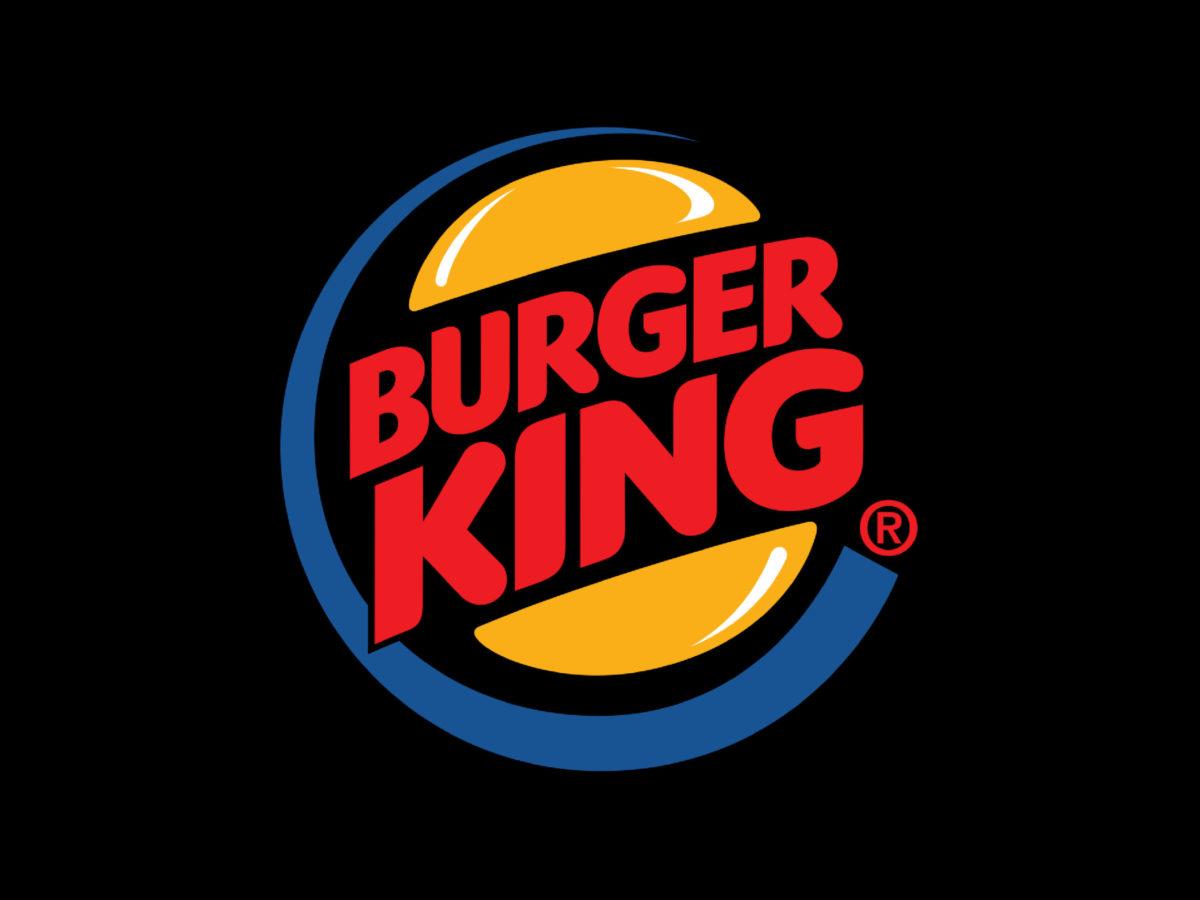When you think about fast food advertising, you probably think glossy close-ups of triple-decker burgers with gooey cheese and impossibly crisp lettuce, enlarged to gargantuan scale on billboards that beckon you to hit up the drive through at the next exit. You picture two juicy patties, kissing the griddle with a sizzle. Or maybe you think of a scantily clad woman sharing an intimate moment with a mediocre chicken sandwich while writhing around on a sandy beach, as Carl’s Jr. would have you do every time you have a hankering for a mediocre chicken sandwich.
In any case, you probably don’t imagine a burger on a pedestal, covered in several shades and textures of mold. Contrary to traditional tactics of temptation in fast food advertising, Burger King is invoking this very image alongside a new pledge to stop using preservatives in their food. It’s an effort to combat frequent criticism regarding the use of artificial ingredients and preservatives in fast food, and respond to consumer demand for healthier, more ethical options from legacy brands.
I live under a rock/don’t watch cable television. What’s the deal with this ad?
The Whopper in question is truly disgusting. In a video released by Burger King, we watch it decompose over 34 days, the end result consumed by blossoms of furry mold, ranging in hue from large bruise to jaundice. Watching or picturing it now, it’s probably not piquing your appetite. Or maybe it is. Maybe you’re an anthropomorphic raccoon or my dog. We’re not here to judge.

Does it work?
Without directly saying so, this image is a clear juxtaposition to the immortal McDonald’s cheeseburger and fries encased in a glass case and on display in Iceland. The combo turned 10 in 2019, and aside from looking a bit stale, remains otherwise mold and blemish free. It begs us to ask what’s more disgusting, really—BK’s furry Whopper from the Black Lagoon or a burger and fries that looks almost as fresh as the day it was purchased over a decade later? And, with this in mind, which would you rather put into your body? It’s the answer to this question that Burger King hopes will drive more consumers to their franchise when weighing their options for a quick bite.
So, back to the question of efficacy. It’s too soon to measure, but it’s certainly gotten people talking. It’s also interesting to note that this pledge comes less than a year after Burger King rolled out its “Impossible Whopper,” the plant-based beef alternative that mimics real meat in texture and color, in a move toward more ethical practices considered by many to be a gamble. It paid off, however, by boosting sales and driving traffic to Burger Kings nationwide.
In the past year, we’ve seen major brands take big risks with controversial ads and reap significant rewards, the best example being Nike’s Colin Kaepernick spot. When Nike came out in support of kneeling for the national anthem (which feels much riskier than coming out against preservatives), hordes of outraged consumers burned every swoosh in their wardrobe and swore they’d never buy another. Nike certainly wasn’t mourning their loss when, a month later, their stocks were up 5%, indicating more consumers embraced the risk than reviled it.
Advertising today is about so much more than selling a product with idealized images, key placements, glossy promises or sex —it’s about winning consumers’ trust by sharing their values. More and more, consumers want to see their favorite brands do the right thing without overthinking it, which is why pledging to stop using preservatives and artificial ingredients is a winning move. It just seems like a no-brainer, and BK’s moldy burger is just the right buzzworthy stunt it needs to gain traction. It also boldly throws the gauntlet for and potentially forces the hand of other fast food companies by saying “we don’t have anything to hide, do you?”
What does this mean for the future of advertising?
Of the Burger King stunt in the context of the greater advertising landscape, AdWeek said the following: “There are only two eras in advertising: ads that came out before Burger King’s Moldy Whopper, and ads that came out after Burger King’s Moldy Whopper.” It seems however, that Burger King isn’t drawing the defining line as much as they’re participating in a larger trend of brands marketing honesty and authenticity—shunning the façade of shiny advertising and pulling back the curtain to expose more “genuine” glimpses of their product. It’s an increasingly popular tactic among beauty, clothing and lifestyle brands (especially those marketed toward women—think Dove, Aerie, Billie razors or Outdoor Voices), and often receives praise from an audience of consumers who crave something real in a social media-obsessed world where only our highlights—airbrushed, edited or perfectly plated for the maximum number of likes—are on display.
At the end of the day, Burger King isn’t hoping you’ll eat a moldy Whopper. They’re hoping you’ll admire their integrity enough to choose them over McDonald’s or Wendy’s next time you’re craving a burger on the go.
Sign up for our newsletter...
Give us your email and get our stuff delivered to your inbox. You might not regret it.
Thanks for subscribing! You won't be sorry.
Uh oh. Something went wrong.
We respect your privacy and take protecting it *really* seriously. Seriously.

